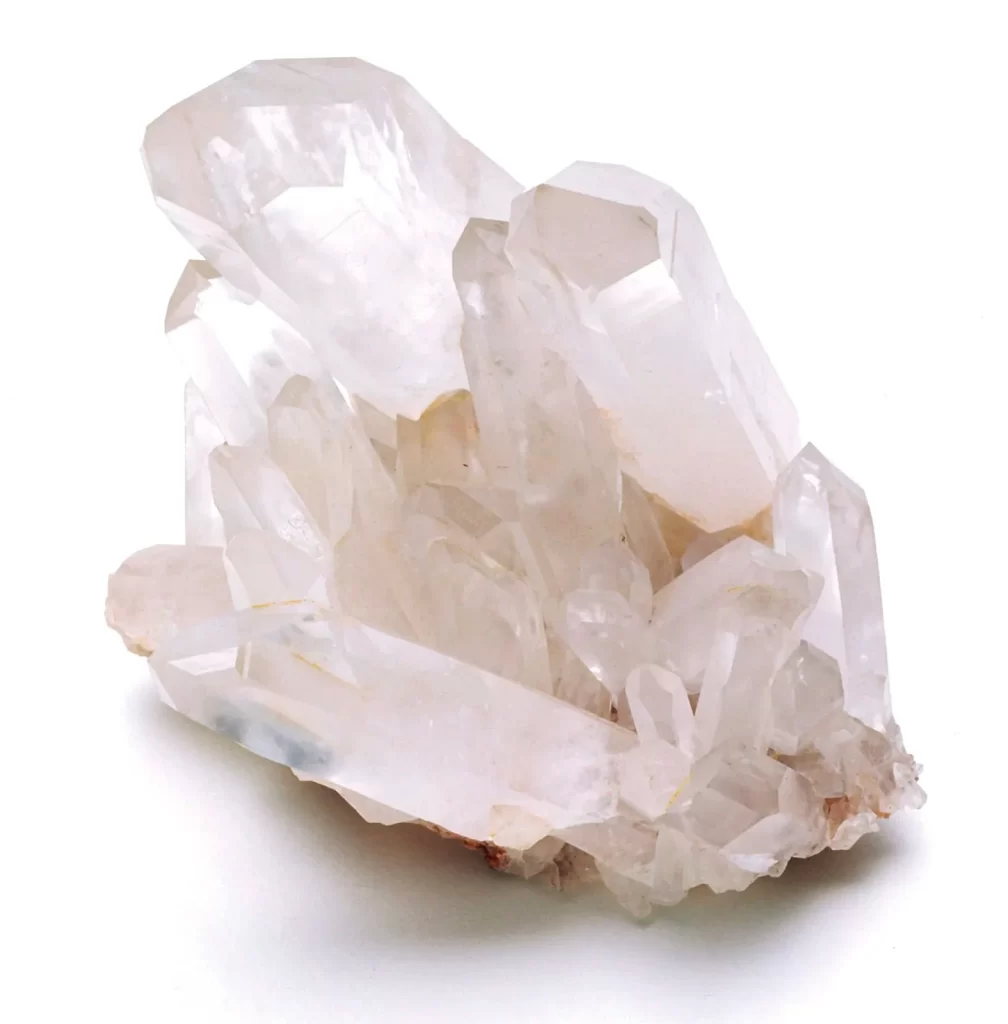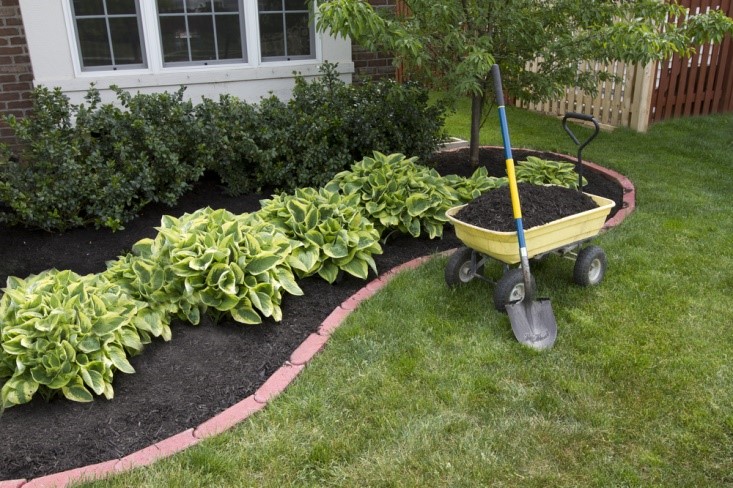Everything You Need to Know about Quartz Countertop Seams
Quartz is a beautiful and durable material that is available with a wide variety of designs and patterns to mimic natural stones like marble and granite. They also have a number of different edge styles like bevel, which you can choose from. These will help you achieve your every need.
Despite the fact that Quartz is a manufactured stone, it is still challenging to find the perfect size. While the sizes are limited, the quality of the quartz must be maintained; thus, large-sized quartz can only be made with another identical quartz stone. Also, you must hire experts like Legacy Countertops for this purpose.
What is a quartz countertop seam? Do they impact the quality of the Quartz Countertop? These are the questions that we answer in this article. Caesarstone has an informative article on how to choose the right quartz countertop thickness. You can read the article by clicking here.
Contents
Quartz Countertop Seam
The seams of your quartz countertop are created when the two separate quartz slabs are glued together. In some instances, the seam will be a thin light line. In others, it can be a very thick line, as thick as a quarter.
The thickness of the seam line will depend on the thickness of the stone. The thickness of the seam line will also be influenced by the quality of the molding process and the workers’ skill. The seam line will be more pronounced in larger stones, but it will still be evident in smaller stones.
Seams are a normal part of the manufacturing process, and they happen regardless of the material used.
Countertop Quality Checks and Tips
With the ever-increasing number of quartz countertops being placed in homes and businesses, there’s a need to ensure that the quartz is of the highest quality. Here are a few of the things you should be on the lookout for when buying your next quartz countertop.
The texture of the countertop. Quartz is a rock, so its texture will be a bit different than marble or granite, which tend to have a smooth appearance. How does the texture of the countertop look? Does it feel like solid rock or like a piece of paper? If it feels like paper, you might want to reconsider your purchase.
The texture is the most obvious quality check, but sometimes you might want something that looks like stone but feels like paper. The best way to tell the difference is to touch the countertop’s surface. If it feels like paper, chances are it’s not a solid piece of stone.
The gap between the Seam and the Surface of the Counter (Lippage)
Lippage is the gap between the surface of the countertop and the seam. It can be easily identified by the texture of the stone. If the texture of the stone is not smooth, it is likely there is lippage. It’s also important to note that the lippage will be thinner on the surface of the countertop.
The thickness of the acceptable quartz seam will depend on the thickness of the slab. The quartz seam will be a thin, light line in some instances. In others, it can be a very thick line, as thick as a quarter.
If the quartz countertop seam is directly on top of the surface, then it will be thicker. The lippage will never extend past the countertop’s surface, which is why it is important to make sure the seam is well-positioned on the countertop’s surface.
Quality of Adhesive Used
Since the seams are made with durable materials, they are still vulnerable to damage. You need to be careful as not to damage the seams during installation. That’s why you should make sure that your installer uses quality adhesive. The adhesive they use should be thick enough to ensure that the seams are strong.
Designer Quartz Countertops
If you’re in the market for a quartz countertop, you may want to consider a designer quartz countertop. These countertops are made with larger-sized stones that are cut into pieces by the manufacturer. These pieces are then glued together to create the perfect countertop. The process of gluing pieces of stone together is a very meticulous one. The two surfaces, as well as the seams, should be perfectly aligned.
Colors and Veining Patterns
The colors and veining patterns on the stone are always unique. While some people can accept the natural variation of veining patterns, others prefer to have their stone finished and polished to give it a higher-quality appearance.
For this reason, you should always carefully inspect the veining pattern of your Quartz countertop before you purchase it. You can always ask your salesperson for help.
Location of the Seam
If you have a seam that is close to the edge of the countertop, it might be hard to hide or blend in with the rest of the stone. The best way to avoid this problem is to place it at the center of the countertop.
If you have a seam close to the edge, the best option is to place it just below the edge. This will make the seam blend in with the rest of the stone and not be noticeable all the time.
Take your time and do research
It was the most difficult part of the procedure when you initially started looking into quartz countertops. You’ve spent hours browsing through pictures and videos of various countertops you’ve seen. However, after finding a few samples and choosing one, you were amazed at how much time you spent researching and comparing different options. The reality is, that process is a very real part of any quartz countertop installation.
One of the biggest mistakes you can make when buying a quartz countertop is to rush the entire process.
You can’t just blindly trust a manufacturer and expect them to deliver on their promises. You have to do your research and look at samples and ask questions. That is a part of the process that most people don’t know about.
Bottom Line:
Once the manufacturer has completed the manufacturing process, it is time for the stone to be cut to the final size. The manufacturer will then move the countertop slab into its final position.
This is where you need to pay extra attention to the quartz countertop seams. Since the seam is a vulnerable spot, the manufacturer must be extra careful during positioning. The manufacturer will first ensure that the stone is level and perfectly flat.
Once that is done, the cut should be made on the side of the seam to ensure that the seam is hidden. The final step is to cut around the cutout edges to ensure that the seam is well-hidden. Once that is done, the countertop is ready for installation.



